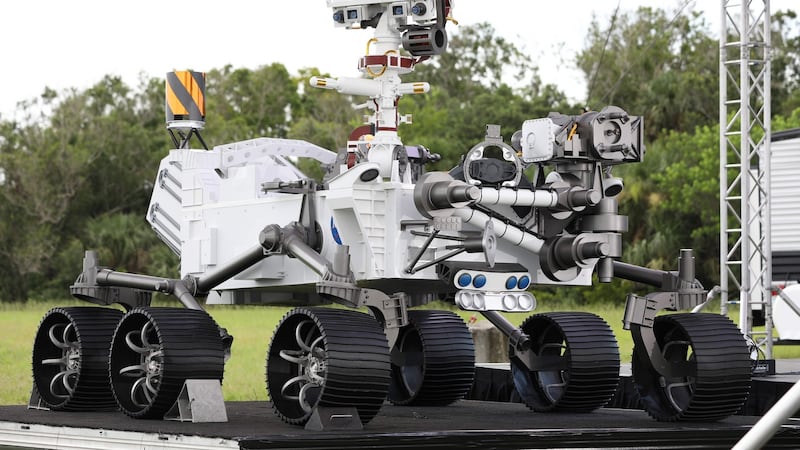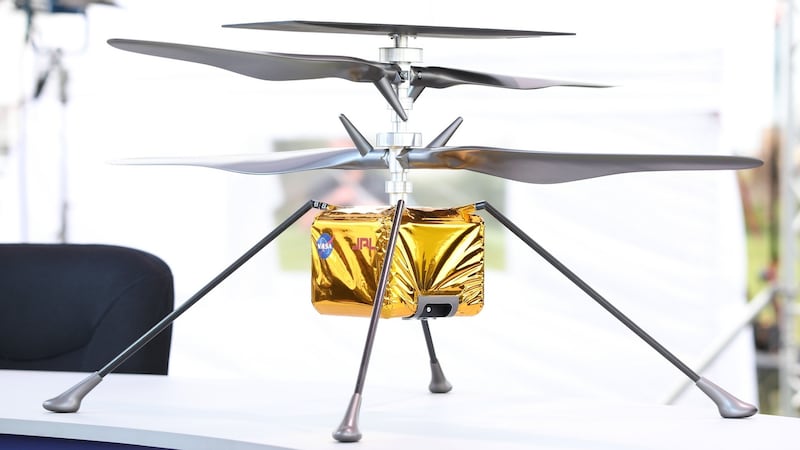Nasa’s new car-sized robotic spacecraft is on its way to Mars in a mission to search for evidence of ancient life.
The Perseverance rover successfully blasted from the Cape Canaveral Air Force Station in Florida on Thursday at 12.50pm UK time, aboard a United Launch Alliance Atlas V rocket.
It is the third mission heading to the planet this month after launches by the UAE and China.
Perseverance will now travel 505 million kilometres over a period of nearly seven months before attempting to land on a 50km crater named Jezero.
Landing on Mars is notoriously difficult because of its thin and dynamic atmosphere — a feat that has been described as “seven minutes of terror”.

Nasa has succeeded in getting a only handful of functioning probes and rovers onto the Martian surface and more than half of the spacecraft sent there have either blown up, burned up or crashed into the surface.
Satellite images suggest Jezero, located on the western edge of Isidis Planitia - a giant impact basin just north of the Martian equator, may have been a lake more than 3.5 billion years ago, when Mars was warmer and wetter.
Scientists believe evidence of past life could be preserved in the clay and muddy rocks in the crater, if it ever existed on the planet.
Along with several sophisticated instruments that will gather information about Mars’ geology, atmosphere, and environmental conditions, the rover is also carrying a small 1.8kg helicopter.
Called Ingenuity, the copter will fly short distances and will mark the first attempt at powered, controlled flight on another planet.
If successful, it could lead to more flying probes on other planets.
Perseverance will also trial technologies to help astronauts make future expeditions to Mars.
This includes an instrument, called Moxie, that will practise making oxygen from the planet’s atmosphere which is mostly made up of carbon dioxide.
Meanwhile, scientists in the UK will help Perseverance select the Martian samples to be brought back to Earth.

Researchers at Imperial College London and the Natural History Museum will identify samples that could contain evidence of past life and study the mineralogy and geochemistry of the different rocks found in the crater.
Professor Mark Sephton, an astrobiologist at Imperial, said: “I hope that the samples we select and return will help current and future generations of scientists answer the question of whether there was ever life on the red planet.
“With one carefully chosen sample from Mars, we could discover that the history of life on the Earth is not unique in the Universe.”
It is also a busy week for Nasa, as the US space agency gears up to welcome two astronauts home as they attempt a splashdown off the Florida coast on Sunday.
Bob Behnken and Doug Hurley will arrive in the Crew Dragon spacecraft, called Endeavour, which was designed and built by SpaceX.
The duo will close out a mission that was designed to test SpaceX’s human spaceflight system, including launch, docking, splashdown, and recovery operations, Nasa said. – PA



